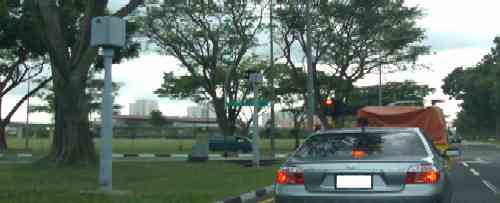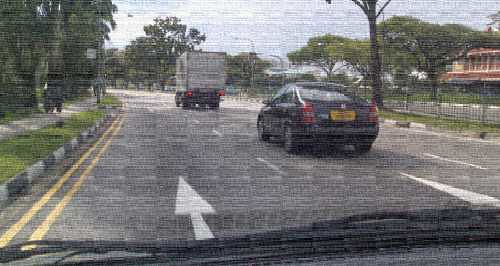
There have been many forum postings by unhappy buyers about the double whammy they have suffered in the recent plunge of the COE quota premium in February’s second tender. Most of them got little or nil back in COE rebate and found themselves owning cars with lower paper value. The debate is whether it is better for the buyer to bid directly versus taking up a COE inclusive package from the dealers. With the rebound in COE premium quota in the March tenders, many dealers failed to secure the COEs for the bargain hunters and are asking the buyer to top up a few thousand dollars.
As most sales contracts do not guarantee successful COE bidding, many buyers are not able to get any recourse in the event that the dealers fail to get the COE. Some cried foul as they have opted for a cheaper car while the dealer for more expensive cars have secured COEs for their customers. We can analyze the profit margin of the dealers to have a better appreciation of the strategy taken by each dealers.
In the illustration table below, the data is taken from
LTA website’s Facts & Figures about Cost For New Cars Registered in the previous month (February 2007 1st tender: Cat A - $11,489, Cat B - $12,152). Basic cost in my illustration includes OMV, Custom Duty, GST, ARF and Registration Fees but excludes COE, Insurance Premium, Number Plates, Road Tax, IU, Radio License, Dealer’s Commission and all other Overhead Expenses. The basic cost information is given by LTA while the selling prices are provided by the Singapore Motor Traders Association. You may wish to note that some of the selling prices are after cash rebate so the dealer’s profit may be higher than what is shown.
Cost versus Selling Price
Make & Model, Basic Cost(a), SP w/o COE(b), SP with COE(c), Profit (c)-(a)-COE
Honda Civic 1.8A , 47,659 , 64,500 , 76,000 , 16,189
Mazda 3 SP 1.6A , 35,016 , 47,300 , 53,300 , 6,795
Mitsubishi Lancer 1.6A , 27,311 , 36,488 , 46,488 , 7,688
Nissan Latio 1.5A , 32,231 , 51,500 , 55,000 , 11,280
Subaru Impreza 1.6A , 29,472 , 47,488 , 52,988 , 12,027
Suzuki Swift 1.5A , 25,977 , 43,500 , 51,500 , 13,534
Toyota Altis 1.6A , 36,385 , 48,988 , 54,988 , 7,114
You may be surprised that the margin can vary widely between dealers. If I have the time to analyze in greater detail, I may uncover other trends in their approaches to pricing and COE bidding. You have to also consider the breadth of the motor business of the dealer - servicing, rental/taxi, etc. The related businesses will be considered in their strategy. One dealer may be more aggressive to put more of its make onto the roads as their servicing arm brings in a significant portion of their profit and revenue. Thus, it may be more willing to sell its make at a lower sales margin.
You can also observed that the selling price without COE is not exactly that of the selling price with COE minus the current COE quota premium. Most experienced dealers would have put in some buffer to bid beyond the current premium while not turning away potential buyers. They have also experienced unexpected windfalls when COE quota premium plunge. So while it is fully under your control to bid for the COE on your own, you would have to find a make that is priced fairly without COE.
There are many Parallel Importers in the market and their selling price is only a few thousand dollars below the authorized dealers’. Do you feel confident buying from them? I appreciate the investment put in by the authorized dealers in marketing and after-sales service. It is especially important if the car has a complex Engine Control Unit (ECU) and the authorized workshop has the fancy automated tuning machine.
As a buyer, you can do the study using information from LTA to decide on the fair value of the purchase. It is a difficult decision as most makes have only one authorized distributor so the pricing is similar from all its dealers. On top of that, personal preference on a make is a key criteria that cannot be easily substituted by another make so the best option may be to time your purchase well when the pricing and COE quota premium are at a level where you feel that you are getting a fair deal.
(originally posted on WordPress blog on March 31, 2007)





















